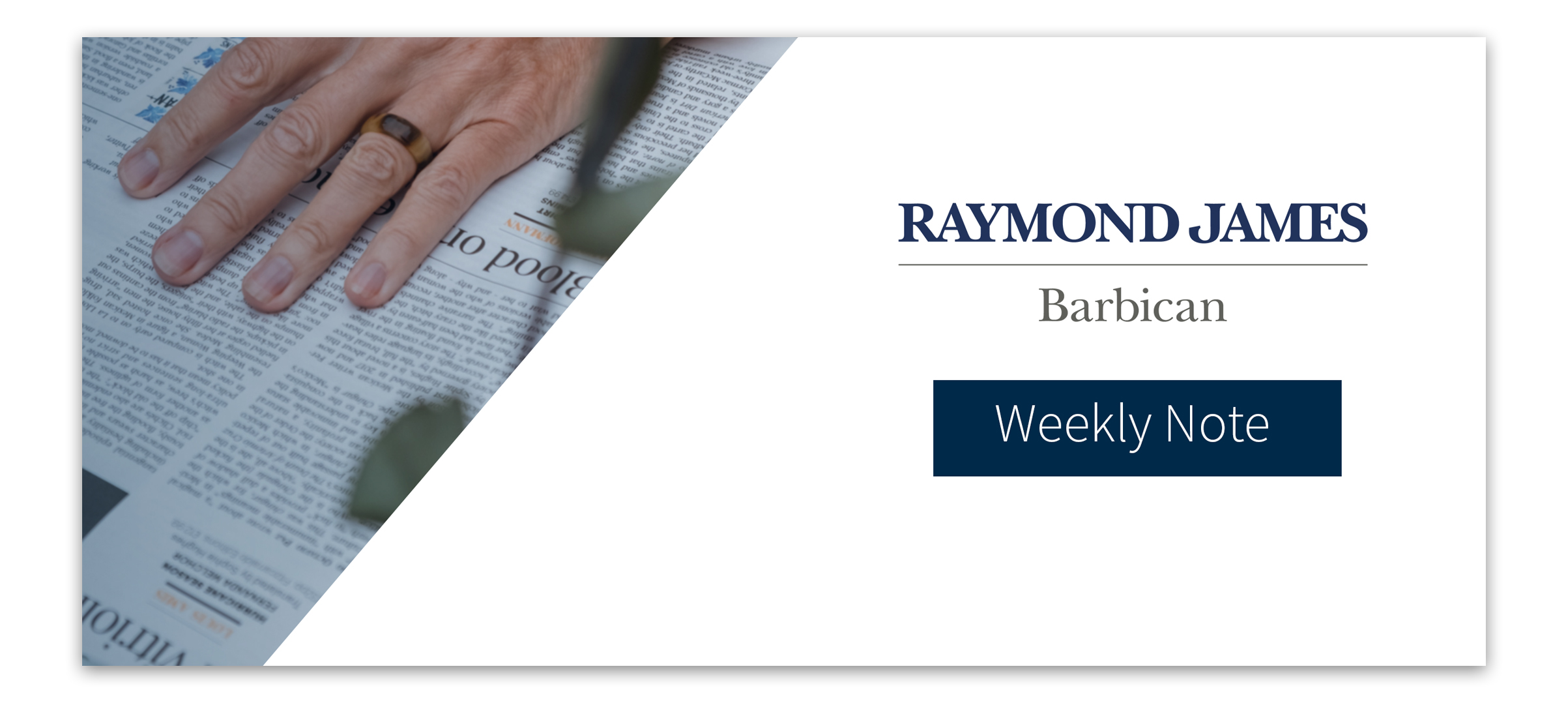This week saw the start of a new month, but it very much felt like the same old story, with COVID-19 fears escalating through the new Omicron variant and inflation data once again exceeding expectations.
The biggest market-moving noise this week was driven by news flow surrounding the Omicron variant. Market volatility has been elevated with equity indices whipsawing on conflicting reports of the efficacy of vaccines, the severity of the symptoms and the likely impact on hospital capacity. It appears we simply do not have enough data to yet tell, but governments have acted quicker than previously, closing borders and reintroducing certain restrictions and rules.
Eurozone data published on Tuesday showed inflation had risen to 4.9% in November on a year-on-year basis, which is a record high since the single currency was formed. We find ourselves in a unique position with inflation hitting decade or even multi-decade highs in various countries, yet interest rates remain near all-time lows, two things you would not expect to see occur at the same time. The most common explanation for this is that inflation is transitory and will pass through over the next 12-24months without the need to raise interest rates (too significantly at least) to control inflation. The transitory nature took on a new dynamic this week with US Fed Chair Jerome Powell stepping back from his transitory narrative and acknowledging “Inflation has been more persistent and higher than we’ve expected”. This has cleared the way for a potential speed up in US tapering and accelerated views that US interest rates may rise next year. On the back of Powell’s comments, we saw the US dollar strengthen, bond yields rise (therefore prices fall) and equities fall.
The oil price has been hit particularly hard over the past week or so on fears over potential lockdowns due to Omicron and the impact this would have on oil demand. A meeting this week with OPEC and other nations was therefore very timely, with many expecting the group, known as OPEC+, not to increase production. However, they agreed to raise production by 400,000 barrels a day from January, but also announced they would consider cutting production should further restrictions be put in place. This caveat to the increase seemed to do the trick, with oil prices actually ending higher by the close of business, despite the headline increase to production.
The first Friday of the new month sees the release of US Non-Farm Payroll (NFP) data. It showed an additional 210,000 jobs added to the workforce in November, however, this was considerably below the consensus of 550,000. The unemployment rate fell from 4.6% to 4.2% and average hourly earnings nudged up 0.3%.
It’s been a slow start for equities in December, a month that is typically strong for stocks. While equity markets have been weak, we’ve seen other asset classes such as government bonds and gold start to perform a little better in this heightened risk environment. We continue to blend asset classes in portfolios to diversify risk(s) and smooth the overall return profile.
Andy Triggs | Head of Investments, Raymond James, Barbican
With investing, your capital is at risk. The value of investments and the income from them can go down as well as up and you may not recover the amount of your initial investment. Certain investments carry a higher degree of risk than others and are, therefore, unsuitable for some investors.

